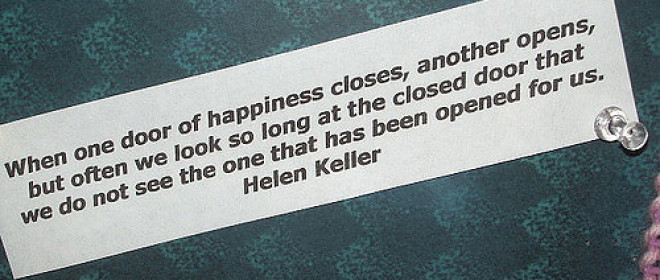
Many of us are familiar with the groundbreaking work done by professors Betty Hart and Todd Risley commonly referred to as the 30 Million Word Gap. Their research followed 42 families for 2 ½ years in order to record the types of interactions that take place in homes while those families raised their children. Focusing on children ages 1-2, they sought to understand the impact of different social and verbal interactions on the development of the children as they learned to speak. Their research team spent an average of 1 hour each month in the homes of these families and recorded everything that involved an interaction between children and parents/families.
Of the 42 families involved in the study, 13 were categorized as professional (upper socioeconomic status), 23 were middle SES working class families, and 6 were on welfare. Their research found that there was a remarkable difference in the total number of words experienced by children in those different groups – as much as a 30 million word difference between the total number of words experienced by children in the high SES homes compared to those on welfare when extrapolated from ages birth to 3 years old. 30 million words!
While that alone should wake us up, what gets much less attention in their research is what they found regarding the ratio of affirmations to prohibitions. As part of their data analysis, they categorized not only the words that were spoken but the types of words as well. One sub-category in their research focused on affirmations and prohibitions – encouraging words vs discouraging ones. When comparing affirmations and prohibitions between those 3 groups, they found another stark difference.
For children in professional (high SES) families, there was an average ratio of 6:1 affirmations to prohibitions. In the working class (middle SES) families, there was 2:1 ratio of positive to negative, and in the welfare families there was…wait for it…a 1:2 ratio of prohibitions to affirmations. The lowest SES kids received an average of 11 prohibitions to 5 affirmations per hour. The highest SES kids received 32 positives to 5 negatives per hour.
| Professional Families | Working Class Families | Welfare Families | |
| Affirmations/hour | 32 | 12 | 5 |
| Prohibitions/hour | 5 | 7 | 11 |
| Ratio | 6:1 positive | 2:1 positive | 1:2 negative |
To be clear, all families provided both affirmations and prohibitions. Raising a child involves both encouragement and warnings, both “way to go, great job” statements and “don’t do that again, that’s not a good choice” warnings. But when you look at the stark differences between the experiences of students of poverty, it helps to bring some things into perspective.
Combine this with what we know about the importance of positive interactions (ie, The Positivity Ratio by Dr. Barbara Fredrickson), and the fact that the brain is shaped and wired by experience, paying attention to the verbal interactions we have with our students becomes paramount.
Sources:
Hart, B. & Risley, T.R. (2003) The Early Catastrophe:The 30 Million Word Gap by Age 3. American Educator, pp.4-9..http://www.aft.org//sites/default/files/periodicals/TheEarlyCatastrophe.pdf
Frederickson, B. (2009). The Positivity Ratio. New York: Three Rivers Press
